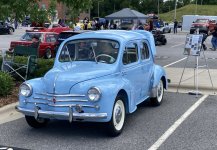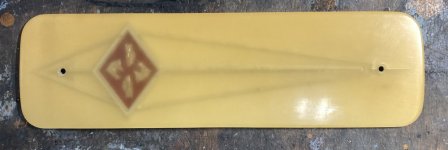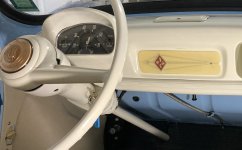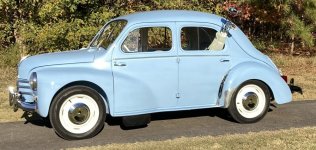HiI think one can just use some sort of rubber lubricant or even silicone grease under the seals. You only need the tiniest film to make sure there's no water ingress. Modern silicone grease is miles ahead what was (not) available to the average person back in the sixties and even in the nineties. Still not cheap but for our use one tube should last a lifetime. Back then, finding silicone grease was not even imagined, let alone the price (today) for a tube equaled my monthly wage.
Problem with silicone fluid in cold climates is that any water that gets in is not absorbed (does not mix) in the fluid and you can have water drops freeze inside the system, who knows where.
Back in the '60s when I was working on Renaults we had some interaction with Renault Australia in Sydney. They were helpful and offered advice if asked and some access to the workshop.
As for the disk brakes which were new technology then there were specific instructions, probably factory sheets, for them and hints and tips. They did have special 'rubber grease' available and recommended it for assembling the calipers and o rings etc. We had never heard of it up to then but did use it as necessary.
The factory instructions on the brakes had the statement, "only remove and fit the O rings with a long soft flexible tool", what was that ? A finger was the answer !! And use the special rubber grease everywhere. I believe the original formulation used caster oil.
I have used rubber grease ever since then for all brake cylinders and cups and o rings, disc and drum, and pack it under the boots and on bleed nipples, as it keeps the parts free from corrosion and helps the smooth operation. A container lasts for many years.
Jaahn









